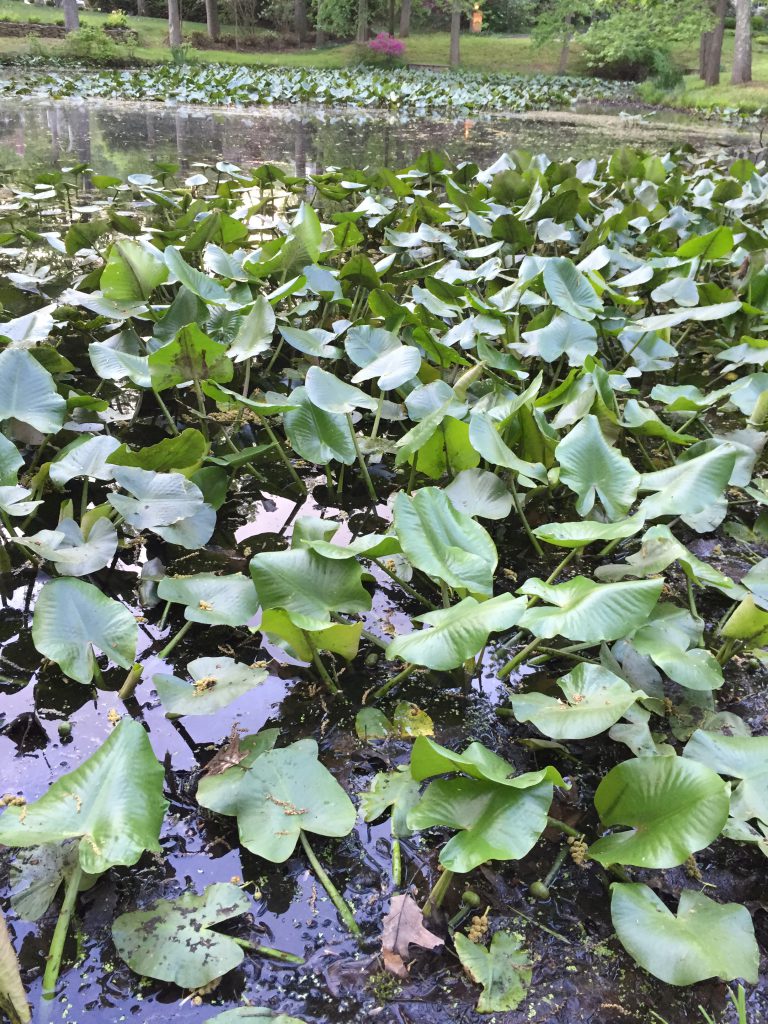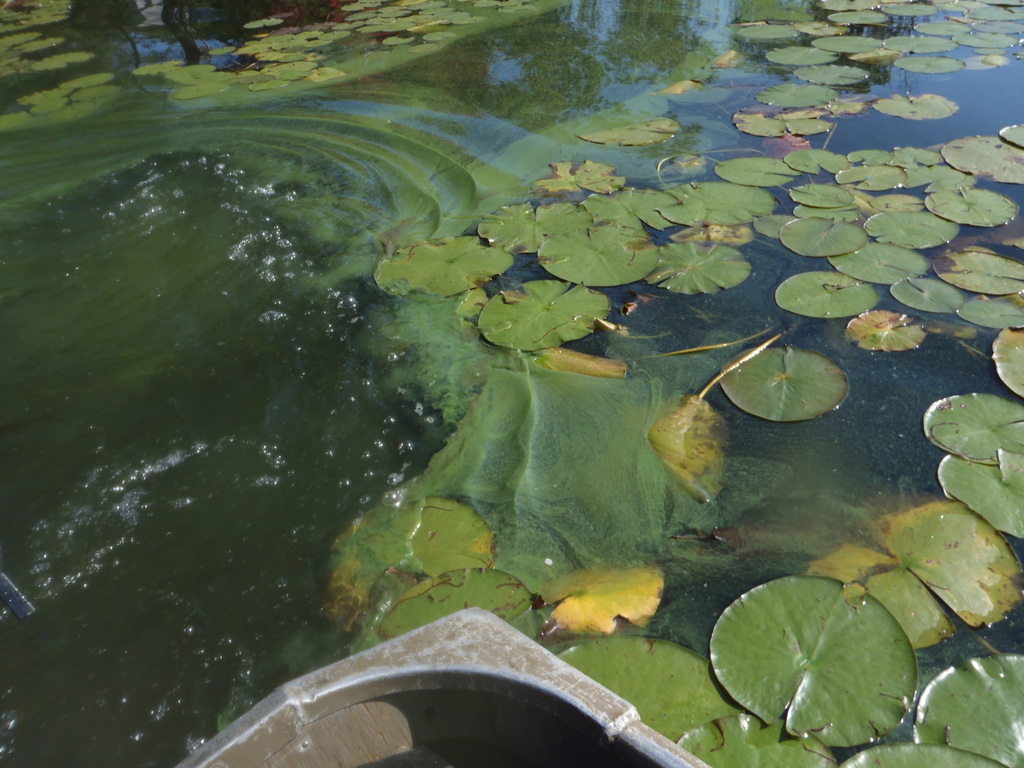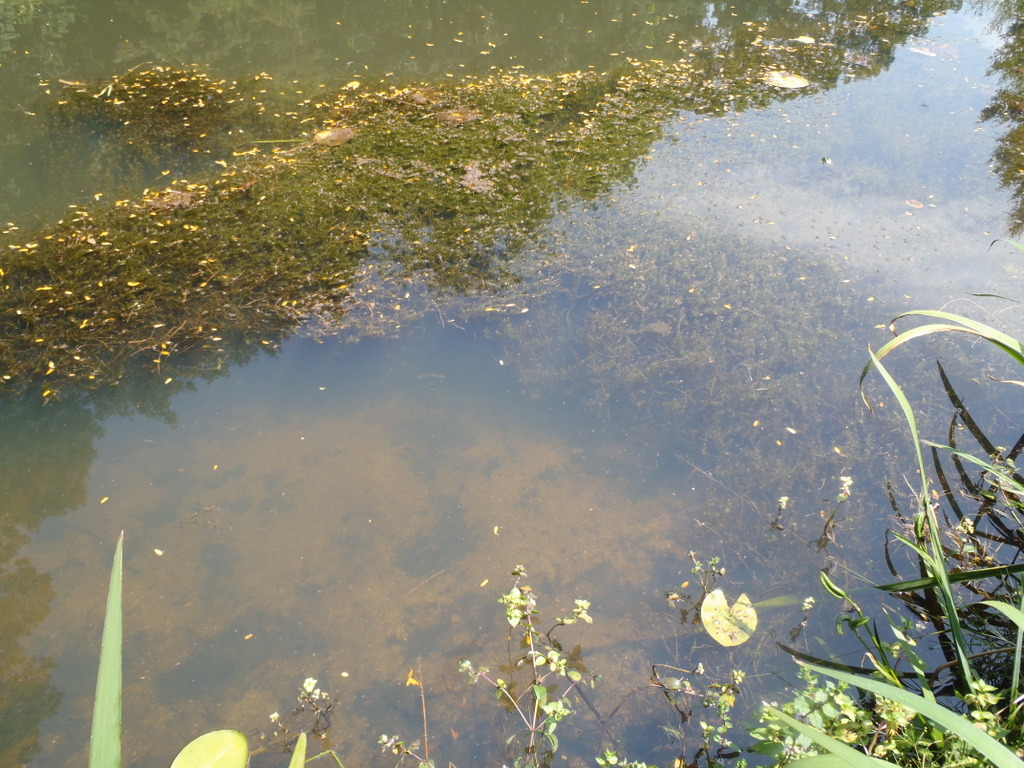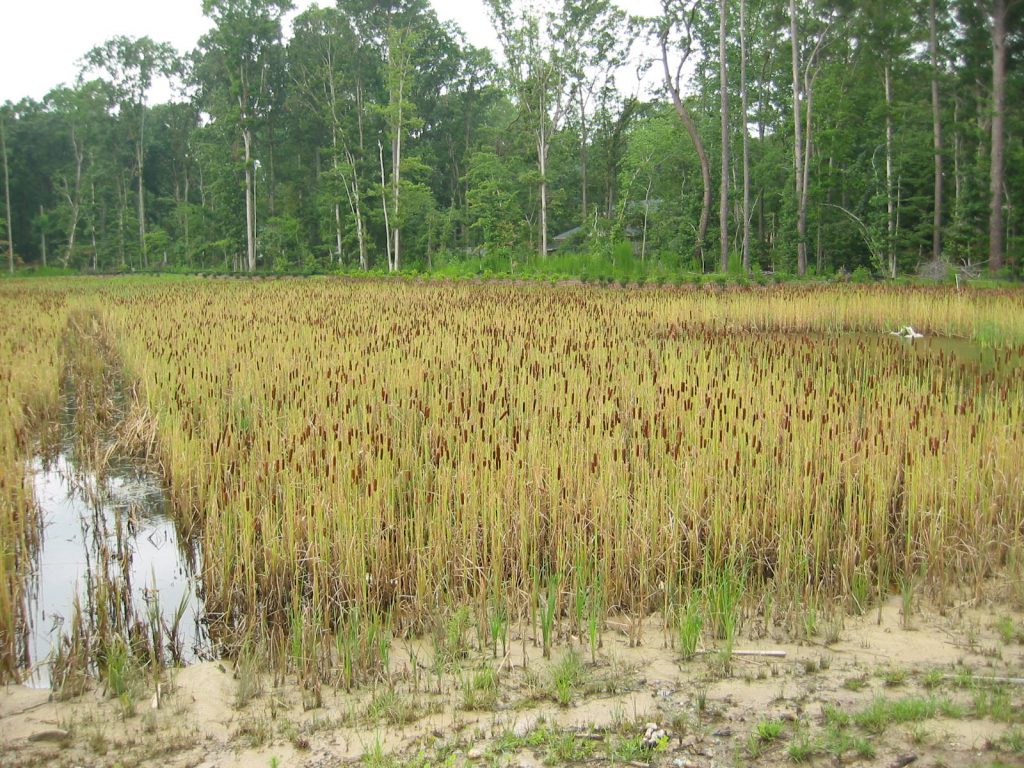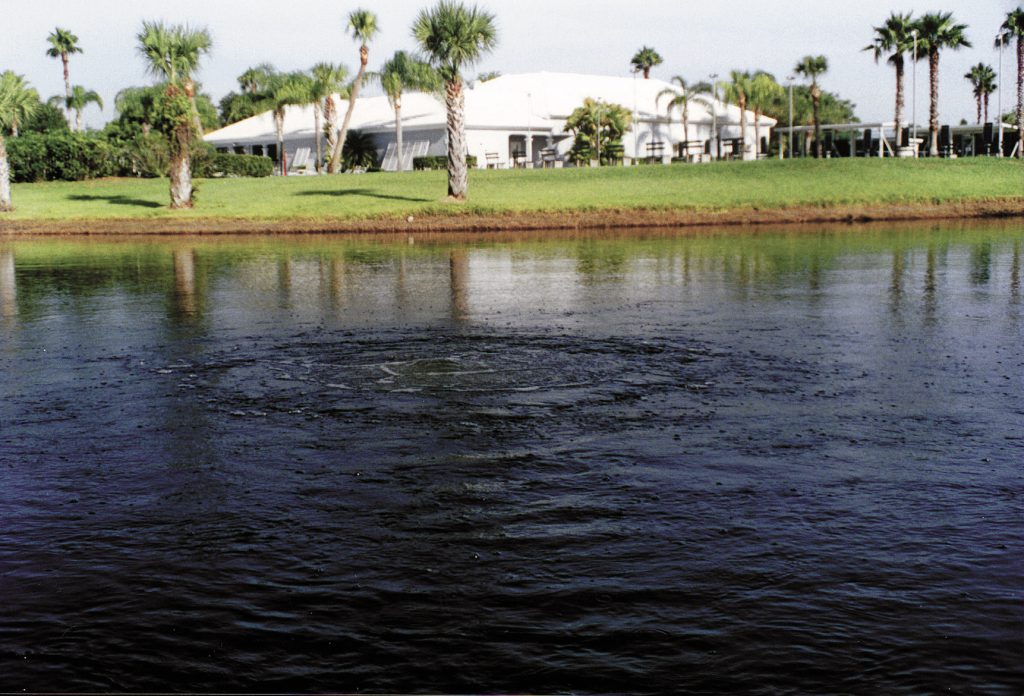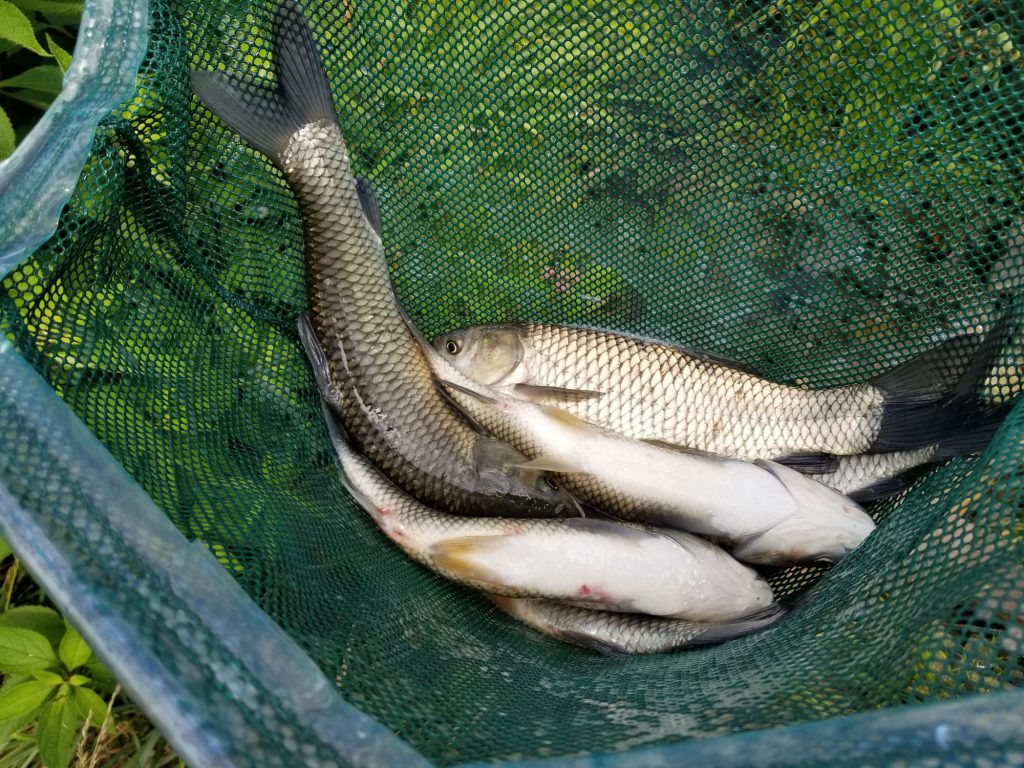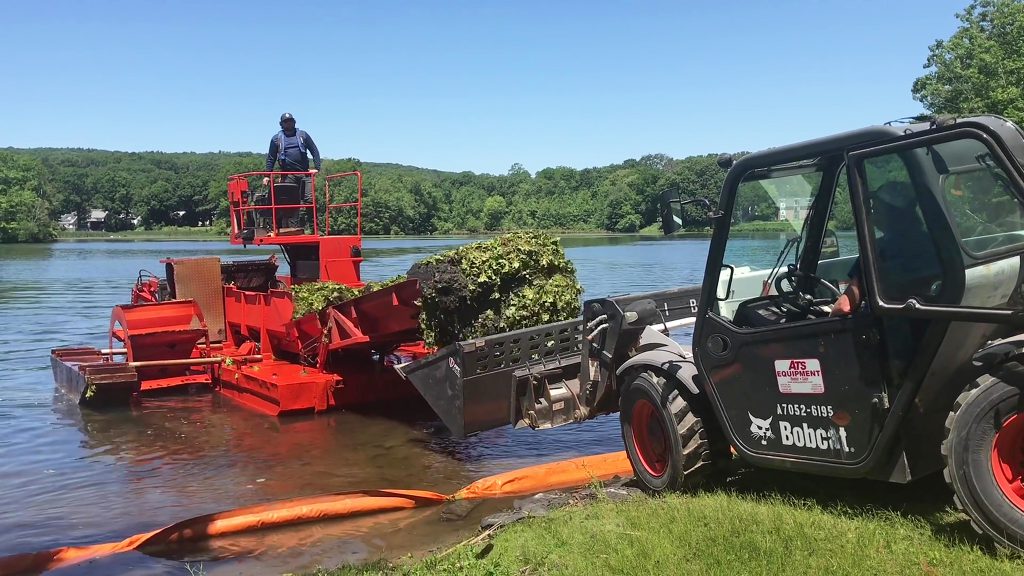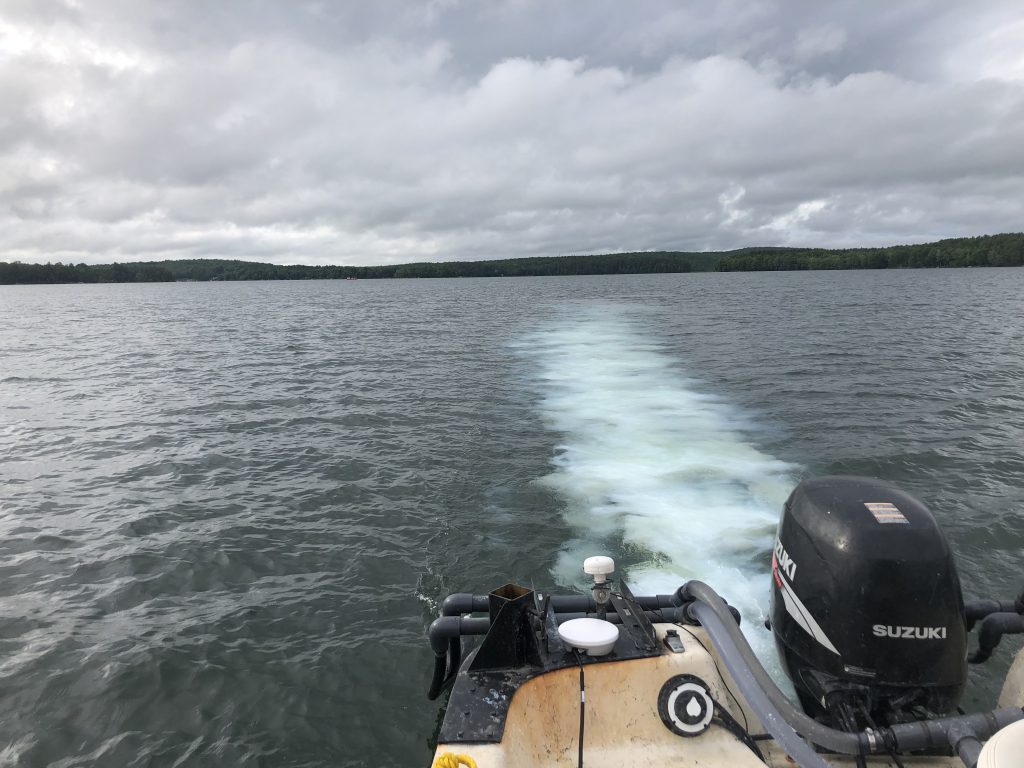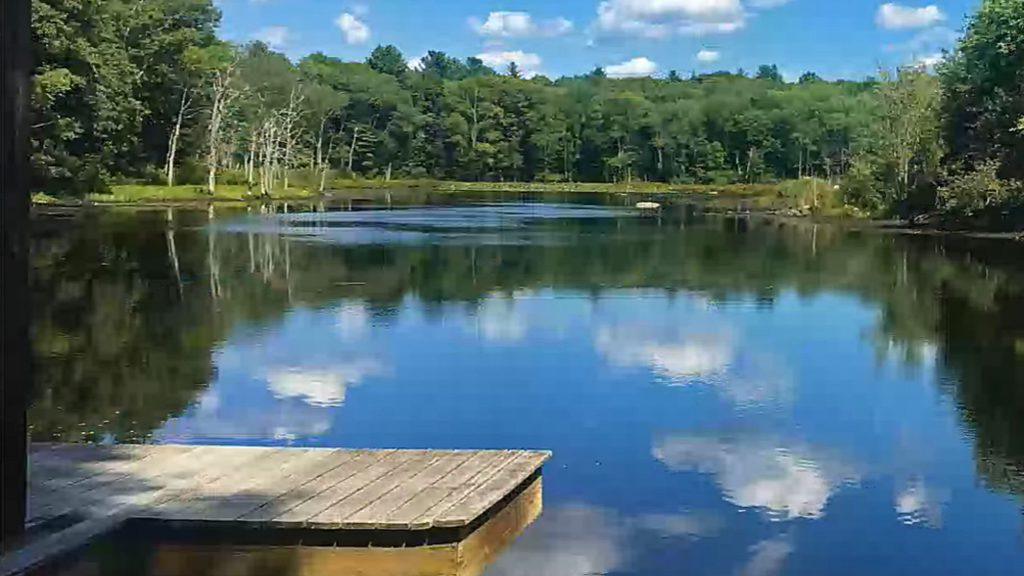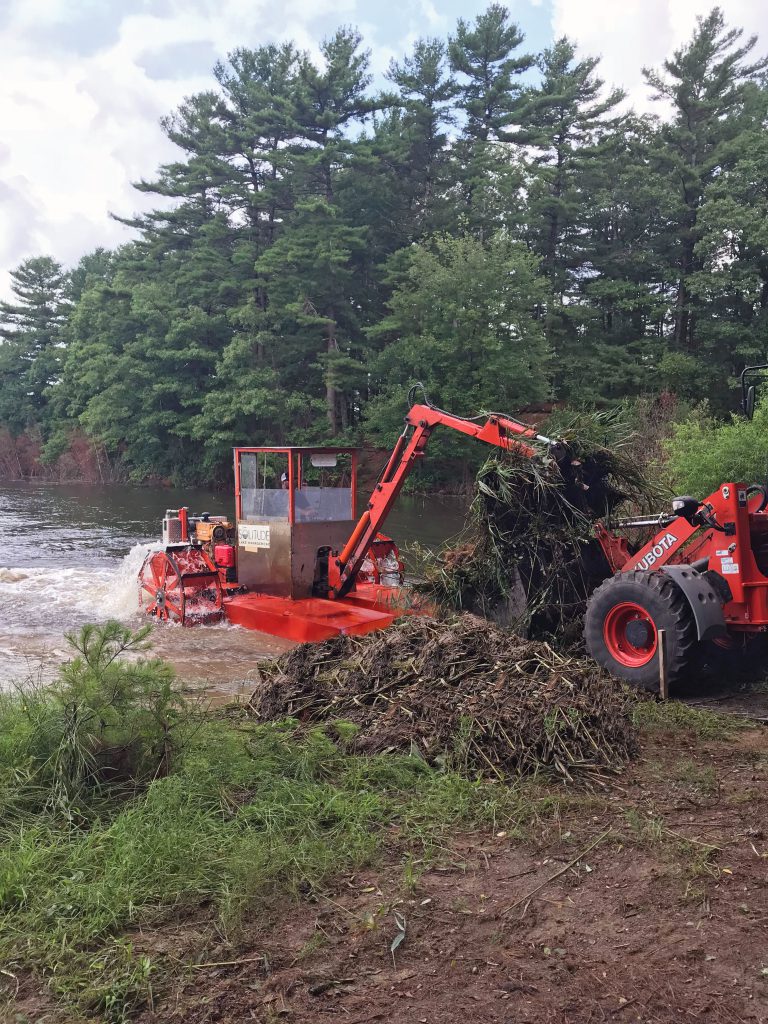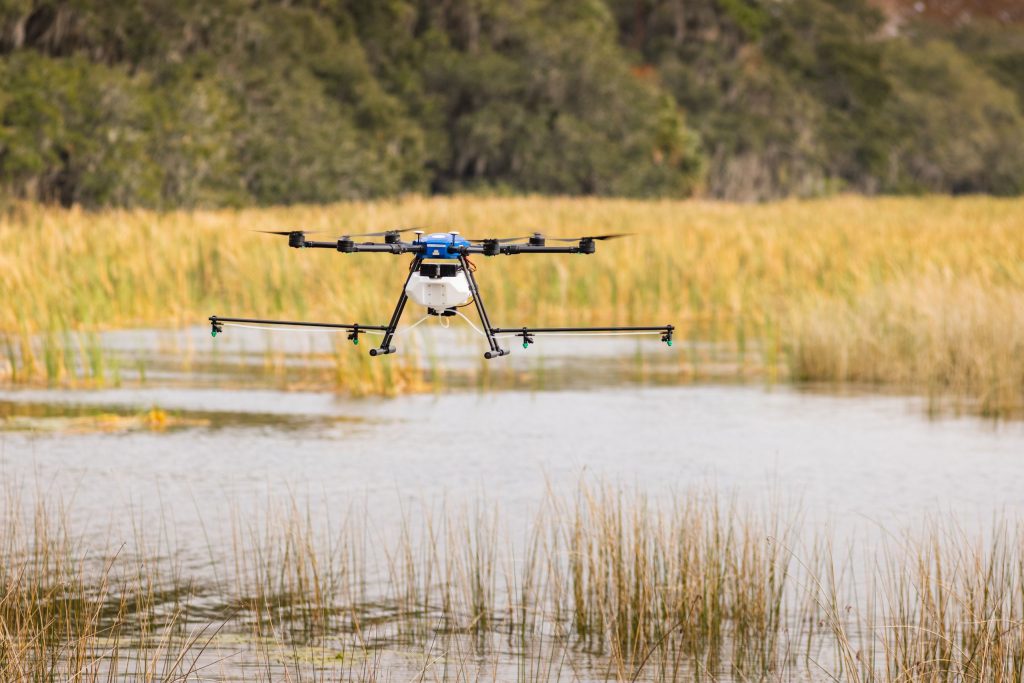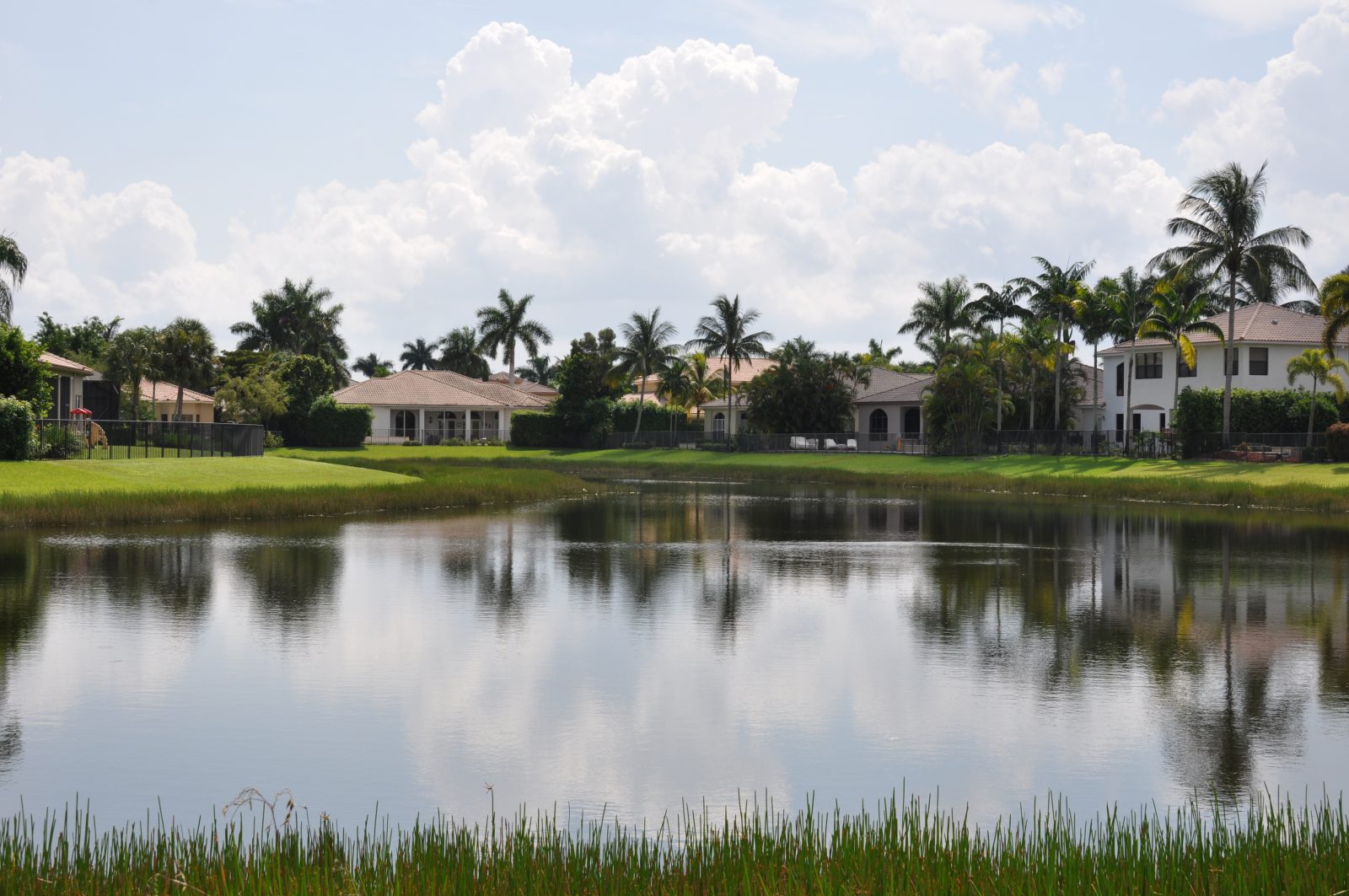
Florida Aquatic Weed Identification and How to Control Them
Florida has more than 7,700 lakes, ponds, and waterways. These waterbodies are home to hundreds of native aquatic plants that live underwater or in damp to wet soils—including thousands of invasive aquatic weed species. Proper management of aquatic weeds is key to keeping our precious Florida waterbodies balanced and able to serve as a beautiful, memorable backdrop for friends, family, and the surrounding community to enjoy.
Managing Overgrown Plants
Aquatic vegetation is a key component of a lake or pond’s ecosystem. These aquatic plants keep the waterbodies healthy and functional. However, sometimes the management of aquatic plants is necessary. Overgrowth of native plants or the presence of non-native plants can affect water quality and fish habitat, reducing dissolved oxygen levels in the water and creating anoxic conditions. Aquatic weeds can also spoil the aesthetic beauty of waterbodies and impede recreational activities.
The crucial first step to managing problematic aquatic weeds is species identification. Once you know the different types of aquatic weeds, you can take sound measures for their management and control. Here are some common pond weeds found in Florida and effective management tools to establish weed and lake algae control:
Invasive Floating Plants & Nuisance Algae
Floating plants live on the water’s surface and uptake their nutrients from the water. They don’t have a root system which causes them to move around the lake or pond with the wind and water current. Watermeal, duckweed, water hyacinth, are common invasive floating plant species that can multiply rapidly and are generally difficult to control.
Algae play an important role in aquatic ecosystems. They form the food and energy base for all organisms living in lakes and ponds. But like invasive species, overgrowth of algae can result in the development of harmful algal blooms that interfere with the enjoyment of our waterbodies and release dangerous toxins into the water.
Submerged Plants
Submerged plants are rooted at the bottom. Most of their vegetative mass will be below the waterbody’s surface, with some portions above water. They generally grow in water under 10 feet deep; however, some grow as deep as 20 feet. Environmental factors such as water clarity, light, pH, temperature, nutrient availability, and sediment stability can all factor into where these plants take hold.
If submerged plant growth gets too dense, the fish will avoid the area, the water flow will be slowed or restricted, and dissolved oxygen becomes dangerously low. This results in stagnant and anoxic conditions. Common nuisance submerged plants in Florida include coontail, American pondweed, elodea, parrotfeather milfoil, and hydrilla. These species grow extremely rapidly and, if not managed, can completely fill a pond from top to bottom.
Emergent Plants
Emergent plants grow in the bottom of waterbodies, or in the moist soils surrounding them, with the majority of their vegetation above the surface. They generally grow around the shoreline but can extend further into the waterbody if the water is shallow.
Emergent plants grow in water about 4-5 feet deep in wetlands and along shorelines. There are also emergent plants that float on the surface, but unlike true floating plants, they are rooted in the bottom of the lake or pond.
Cattails, bulrushes, and maidencane are examples of invasive emergent plants that grow in damp soils in and around a waterbody. Aquatic grasses, sedges, and rushes such as sugarcane plume grass and giant foxtail are beneficial plants that also fall into this category. However, invasive emergent plants such as torpedograss, paragrass, napier grass, and West Indian marsh grass can spread quickly and turn a lake or pond into a marsh.
Aquatic Weed Control in Lakes & Ponds
Getting a handle on aquatic weed growth should begin before the weeds take over. There are many ways to help keep lakes and ponds healthy and ensure aquatic plant growth stays under control:
Aeration
Aeration systems like floating fountains and submersed aerators help circulate the water and keep it oxygenated. This disrupts the overgrowth of algae and other aquatic weeds. New oxygenation technologies like side-stream saturation may also be strategically used to eliminate excess nutrients in the bottom sediments.
Fish Stocking
Stocking a pond with native fish or specially-raised, sterile Asian Triploid Grass Carp can help reduce algae and submersed aquatic weeds. Proper identification of aquatic weeds is key to ensuring the appropriate fish are introduced.
Mechanical Harvesting
Mechanical aquatic weed harvesters can selectively remove invasive aquatic plant species. This method is often used to remove large amounts of aquatic weeds or clear the way through dense vegetation without using aquatic herbicides. It is not an effective control method for plants that spread through fragmentation.
Nutrient Remediation
Eco-friendly products can be applied to neutralize excess nutrients in the waterbody. This prevents nutrient uptake to keep undesirable plants from growing.
Biological Augmentation
Biological bacteria can be applied to “digest” excess nutrients in the water column and in the bottom sediments. This helps eliminate a primary food source for nuisance and invasive plants
Mechanical Hydro-raking
Hydro-raking is the physical removal of muck and detritus at the bottom which also helps eliminate nutrient sources while increasing the depth and volume of a waterbody.
Herbicide Treatments
EPA-registered herbicides can be used to target undesirable invasive species without affecting native plants and wildlife. These herbicides interfere with the growth mechanisms within invasive plants to prevent further reproduction. Herbicides may only be applied by licensed and trained professionals. With advanced drone technology, we have enhanced invasive vegetation management strategies.
Maintain Your Waterbody's Health and Functionality
Our water resources are important, functional features in our communities, but they also bring us closer to nature. Lakes and ponds are both beneficial for our bodies and minds — something proven by science. Experts are continuing to learn more about the impact of freshwater on our wellbeing, and it’s becoming increasingly clear how crucial it is to keep our waterbodies in check. The health of our water resources seemingly reflects the status of our own well-being.
Contact your aquatic expert to learn more about these solutions and begin designing your personalized management plan.
Manage Aquatic Weeds with Drone Technology
SOLitude Lake Management is a nationwide environmental firm committed to providing sustainable solutions that improve water quality, enhance beauty and preserve natural resources.
SOLitude’s team of aquatic scientists specializes in the development and execution of customized lake, stormwater pond, wetland and fisheries management programs. Services include water quality testing and restoration, algae and aquatic weed control, installation and maintenance of fountains and aeration systems, shoreline erosion control, muck and sediment removal and invasive species management. SOLitude partners with homeowners associations, golf courses, private landowners, businesses and municipalities. SOLitude Lake Management is part of Rentokil, a leading business services company, operating across the United States, Canada and Puerto Rico.
For more information, visit SOLitude Lake Management at solitudelakemanagement.com, and connect on Facebook, LinkedIn and Twitter.








